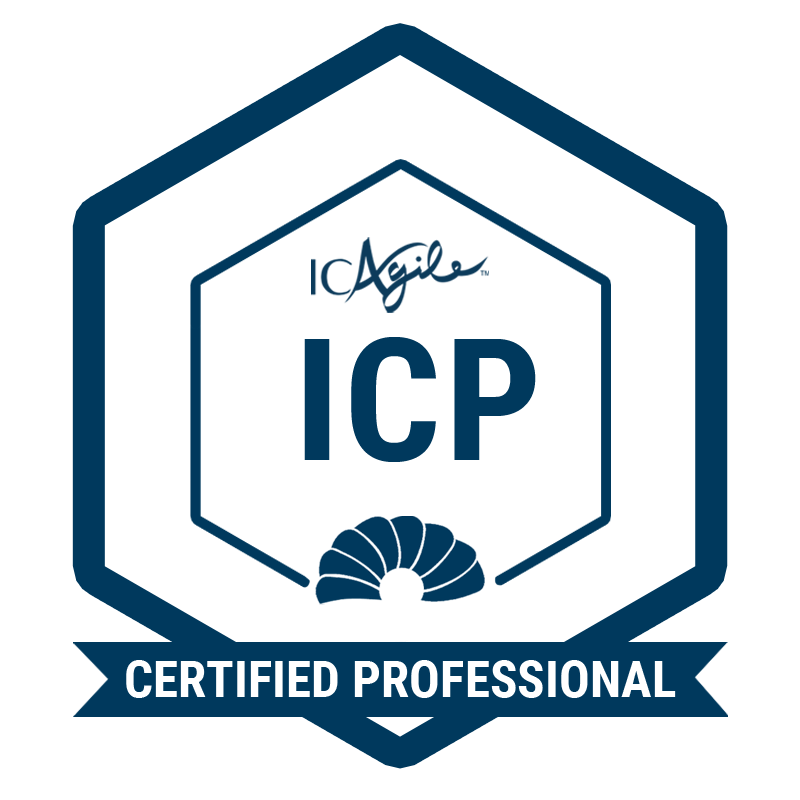
Agile Methods and Football, Back to Basics
Now that America’s favorite sport (Football) and its most viewed season is unfortunately over, what are we to do until next season? We can continue to watch the NFL combine, speculate on offseason contracts, vie for free agents, discuss who will get franchise tags, and review the ten-millionth incarnation of the mock draft, as we eagerly await the kick-off of the NFL draft. As we look forward to next season, all we can do is look back at this past season. What were those factors that enabled some teams to heat up going into the playoffs or facilitated teams to continue their season-long winning ways? This question is a way of looking at the behaviors and activities that differentiate poor teams from average teams and good teams from great teams. In short, the most significant difference makers (removing outlier data points) are deeply rooted in practice and repetition of the basics: film study, team meetings, position meetings, practice, workouts, constant review of technique, scrimmages, preseason games, regular season games, incessant walkthroughs, belief in the team, understanding of the playbook, execution of the schemes, and time spent together as a team that impacts their performance.
Likewise, the Agile basics provide the foundation for organizations, divisions, and teams to excel along many dimensions. Agile methods can be a needle mover when they are understood and implemented correctly. That previous statement bears repeating, Agile methods can be a needle mover when they are understood and implemented correctly. They enable organizations and teams to achieve a wide array of goals, which include but are not limited to: managing changing requirements, increasing productivity, improving time to market, increasing team morale, reducing risk, enhancing project visibility, and advancing product quality.
There are a plethora of parallels and congruencies between the aforementioned list football activities and Agile activities. So where do football and Agile teams alike make their biggest mistake? This is a question that is best answered and illustrated using an example from the defensive side of the football. To put this simplistically and to eschew too much football jargon, defensive football coaches need to recognize that you should not insert exotic blitz packages if the defense cannot run, tackle, cover receivers, achieve gap responsibility, or execute a simple cover 2. Even with that stated, at all levels of football coaches and decision-makers are trying to run the latest trends on defense when they cannot accomplish the basics.
This issue is not localized to football or athletics in general; it has infiltrated organizations practicing Agile methods, often with negative unintended consequences. Organizations, like football coaches often become intoxicated by working with the latest methods and practices, often in lieu of or to a detriment of the basics. I have spoken with organizational leaders about their Agile practices and in some cases they are trying to incorporate practices that can provide real value but they are doing it without having the basics established. There are organizations who claim they are using Scrum but are not conducting retrospectives, do not have a definition of done, and loosely perform sprint planning; however, they are actively engaged in instituting SAFe (In my opinion, based on what these organizations are doing/not doing they are not practicing Scrum). I will be the first to admit that SAFe can be extremely beneficial for some organizations but to spend the time and money implementing these practices and ignoring the core basic tenets of Agile (Scrum in this case) will have a damaging impact. This decision can be likened to the above stated example of the defensive coach putting a casino blitz package into their defensive schemes, without understanding gap responsibly, how to tackle, or manage down and distance. This will never provide the value you intended since the basics and execution of the core practices are sub-par. The basics need to work in concert with the new schemes and practices you intend to integrate. New schemes and practices are not a replacement for the basics; they serve as a compliment to the basics.
If you are a football coach or a decision-maker in an organization practicing Agile, do not become infatuated with the shiny veneer of a new method to assimilate into your practice if you have not mastered the basics. In addition, once you feel you have become proficient with the basics, they have to be reinforced and practiced. If your football team or Agile team is ready to incorporate the next level of principles, continue to repeat the basics because these are the fundamentals that lend themselves to high performing Agile organizations and championship football teams.







